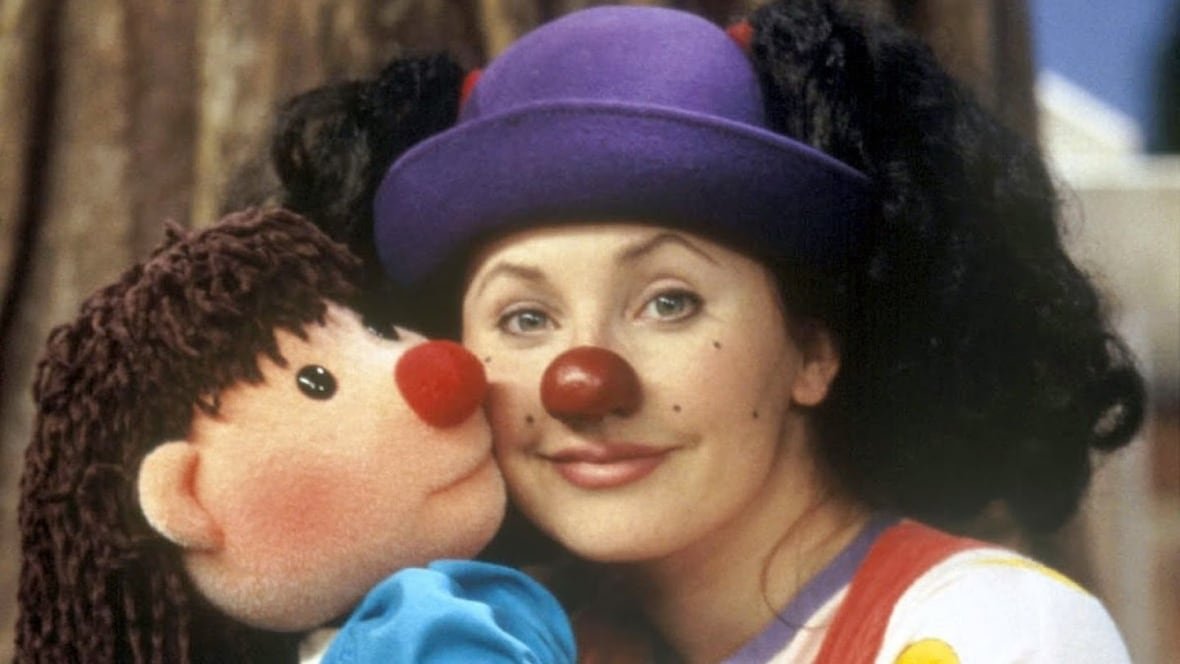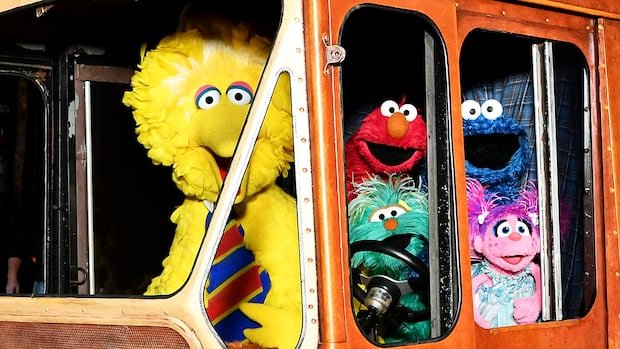Move over Hollywood flicks and sitcom faves, there’s a new player in the world of streaming and she’s bringing her trademark overalls and pink headband.
Children’s YouTube star Ms. Rachel has announced a new partnership with Netflix. Starting Jan. 27, the streaming giant will release a four-part series featuring the popular content creator. The first four episodes consist of a “curated compilation” of Ms. Rachel’s YouTube videos. Netflix is set to release more episodes throughout the year.
With over 13 million subscribers, Ms. Rachel, whose real name is Rachel Accurso, has built a dedicated following among toddlers and preschoolers. The former pre-school music teacher who connects with her young audience through songs, skits and puppets joins a growing list of independent YouTubers partnering with streaming platforms in a way that’s changing children’s media.
‘Nobody controls what we produce’
Josh Grimley, the B.C.-based co-creator of The Singing Walrus, an animated YouTube channel featuring music for children, praised how accessible the platform is for creators.
“Nobody controls what we produce, right? We have full creative freedom and also, we have all the rights to our music,” he said, noting that they create and own their characters and visuals and, “we can do whatever we want.”
Alyson Court, who played Loonette the Clown on long-running Canadian children’s series The Big Comfy Couch, says platforms like YouTube offer access for independent creators like Ms. Rachel, and once they’ve built up an audience, they can collaborate with broadcasters or streamers, trading some of the freedom of social media for the security of a network or streamer.
“That’s sort of the concept that we wrestle with in pretty much every aspect of life, and it’s no different in the children’s entertainment industry,” she said.

“If you’re part of the traditional model … you have a concept for a show and then you pitch it to a producer and they in turn pitch it to a broadcaster and you sell it before you even start to put proper pen to paper,” she said. “Then you get your development money to write your scripts and all of that stuff.”
She also noted that on social media, algorithms can mean certain content creators get amplified, while others get lost in the mix.
Reb Stevenson, who co-created the popular YouTube children’s channel Pancake Manor with her partner Billy Reid, knows that firsthand.
“On YouTube … you’re constantly fighting against an algorithm, which can make the process a lot more challenging.”
The Victoria-based couple’s music channel for children features brightly coloured music videos combining puppetry and animation and has more than 2.7 million subscribers and over two billion views.
She compares the algorithm to a “gigantic labyrinth” that shifts unpredictably, making it difficult for creators to find their footing.

Expanding beyond YouTube
Stevenson and Reid also aspire to expand Pancake Manor.
“It’s one of our goals to move outside of the YouTube space,” she said. “We’d love to land on a streaming service or with a broadcaster.”
This desire to branch out seems to reflect a wider trend among YouTubers hoping to make that leap as streaming services or traditional networks provide an opportunity for greater reach and resources.
Grimley and his partner and The Singing Walrus co-creator Ja-Hae Oh say they also want to venture beyond YouTube.
“We would love to work on one big production, collaborating, if somebody has an idea like, ‘Hey, let’s write a musical’ or something like that and, you know, a longer featured video, we would love to,” said Oh.
Court sees Ms. Rachel’s streaming deal as a promising omen for independent creators.
“Networks, production companies and broadcasters are all looking for the next Ms. Rachel. She was successful, and that’s what they’re seeking,” said Court.
Blippi is another American-based children’s content creator who’s had tremendous success, The cheerful, colourful character played by creator Stevin John and several other actors, has over 23 million YouTube subscribers and takes children on educational adventures to zoos, parks, playgrounds and factories.

The channel began on YouTube in 2014 and was later acquired by media company Moonbug Entertainment. (The company also represents Pancake Manor.) Since then, Blippi has appeared on both Netflix and Amazon’s Prime Video.
The show is one example of YouTube content that evolved as it made the switch to streaming. Today, Blippi has live-action and animated content on 10 different streaming platforms and has a live-action musical tour.
Gisele Corinthios, the former host of The Nook and Gisele’s Big Backyard on TVOKids, believes Blippi needed some “fine-tuning” in the beginning.
She says that when children’s shows aired on traditional broadcast outlets, educational consultants or psychologists often worked with the program, which provided a sense of safety for parents.
“There was a trust that the content was safe, quality programming,” said Corinthios. “But then more channels came about, and the landscape became more competitive.”
Classic characters Big Bird, Elmo and Cookie Monster are looking for a new home after HBO Max ended its partnership to air new Sesame Street episodes, forcing Sesame Workshop to look for a new distribution partner.
Balancing freedom and quality
While YouTube may provide creators the freedom to produce content without constraints, Kim Wilson, co-director of the Children’s Media Lab at Toronto Metropolitan University says that kind of freedom can lead to concerns about the quality of the videos being produced for children.
“When it comes to YouTube, somebody can just record something in the morning and put it right on YouTube without having somebody else look at it,” she said.
Traditional children’s shows — think Sesame Street and Blue’s Clues — have backing from broadcasters or big media companies, Wilson says, and they typically succeed because they invest significant time and effort in research and input from experts like developmental psychologists to inform their programming. YouTubers generally don’t have that same level of formal support.
“Why certain shows are really successful is because all of those things are in place,” she said. “When parents are making content, they’re obviously not hiring consultants.”

The animated show Bluey is beloved by kids, grown-ups and TV critics. The third season was just released on Disney+, and each 7-minute episode is a masterclass in storytelling. Vulture’s Kathryn VanArendonk joins guest host Amil Niazi to talk about what makes Bluey one of the best shows on TV right now.
It remains to be seen if Ms. Rachel’s move to Netflix will mean changes to her content, but one thing is certain: Ms. Rachel has assured her fans that she will continue uploading videos to her YouTube channel.
Court says that’s important to keep in mind, especially considering how audiences consume and access content and how much they’re willing to shell out for it.
“Parents can’t afford to pay for five different streaming services and still buy their kids presents at Christmas.”






